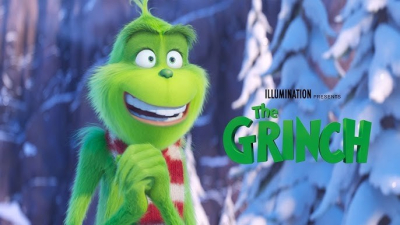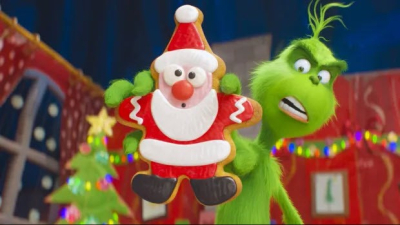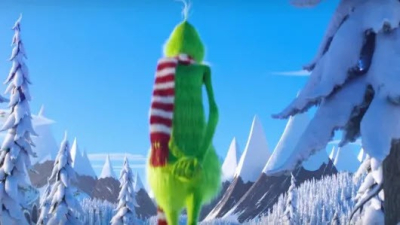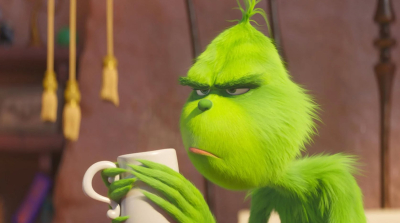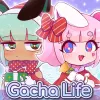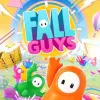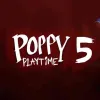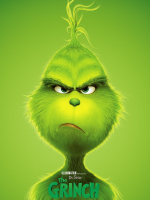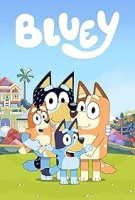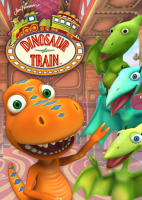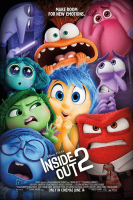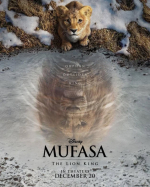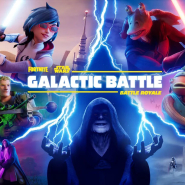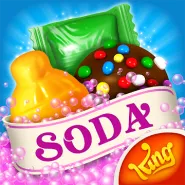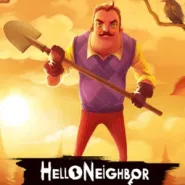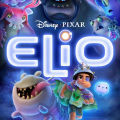The Grinch review
The Grinch
The story of the Grinch is one of those timeless tales that seems to pop up every holiday season like clockwork. With its origins in the imaginative world of Dr. Seuss, this furry, green curmudgeon has captivated audiences through books, animated TV specials, live-action portrayals, and now, a vibrant animated feature. Released by the creators of “Despicable Me,” this version of "The Grinch" promised a modern, lively take on the classic narrative, and it certainly delivered a memorable experience.
Historically, adaptations of Dr. Seuss’s work tread a delicate line between staying true to the whimsical simplicity of the original texts and expanding them into full-length feature films. When diving into this animated rendition, I was particularly curious to see how this balance was struck. The allure of the Grinch's story rests in its exploration of a heart's transformation. Would this version handle the material with the respect and creativity it deserves?
The narrative begins with the familiar tale: the Grinch, isolated on his mountain, abhors the very thought of the noisy, cheerful holiday season. The film does an excellent job in introducing us to his world. The visuals contrast the lively, colorful Whoville with the stark, cold solitude of the Grinch's lair. The whimsical design of Whoville felt like stepping into a life-sized gingerbread house—intimate yet festively grand.
I found the history and reimagining aspects of "The Grinch" particularly interesting. In its roots, the tale offers a simple yet profound message about community, generosity, and the spirit of Christmas. However, this adaptation manages to weave in broader themes without losing touch with its core. The film provides just enough backstory to enrich the Grinch's character, offering a glimpse into a childhood devoid of familial warmth. This addition deepens his motivations, making his eventual change of heart even more impactful.
What makes "The Grinch" so engaging is its ability to blend humor with heartwarming moments seamlessly. The humor is clever and, at times, delightfully subtle. Consider the morning routines of the Grinch, complete with his closet of highly descriptive yet identical outfits. These are small touches that add depth to his character while providing a chuckle for adults and children alike.
Another key aspect that caught my attention was the evolution of Cindy Lou Who. Unlike Dr. Seuss’s original depiction, she's given a more developed storyline. Driven by a selfless desire to help her overworked mother, her mission adds an extra dimension to the story. This shift allows the film to appeal to modern audiences seeking narratives where young characters are thoughtful participants rather than passive observers.
The film is packed with little details that invite repeated viewings. From the Grinch’s gadgets—crafted with the precision and panache of a Bond villain—to the lively depiction of Whoville's sumptuous Christmas celebrations, every frame seemed rich with storytelling. The joy and chaos of Christmas preparations are captured in a way that draws you into the world completely.
Of course, no adaptation is complete without its musical score, and this film excels with a soundtrack that resonates with both traditional and contemporary audiences. Danny Elfman’s score effectively underscores the Grinch's mischievous antics while elevating the more tender moments. Particularly delightful is the inclusion of well-known carols with enchanting new arrangements, as well as Tyler, the Creator's fresh take on the iconic “You’re a Mean One, Mr. Grinch.”
Technically, "The Grinch" is a marvel. The animation boasts fluidity and expressiveness; each character feels tangible and vibrant. It’s a testament to the skillful animators who crafted a distinctly Seussian universe that remains accessible and believable. Watching the Grinch's expression change subtly as he slyly connives or softens was a pleasure, showcasing animation’s power to convey complex emotions without dialogue.
Yet, beyond its visual and auditory pleasures, the heart of the story remains its greatest strength. The themes of redemption and transformation are cleverly interwoven through the narrative. The Grinch’s journey from Christmas-stealing recluse to a member of the community is both touching and inspiring. It serves as a reminder that even the coldest of hearts can find warmth in friendship and love.
The interaction between the Grinch and other residents of Whoville brings out genuine humor and poignancy. His reluctant friendship with a jolly, persistent Whovian who declares them as best friends adds lightness and comedy, showing the effortless ways kindness can thaw even the iciest exteriors.
Ultimately, what elevated the movie for me was how it managed to stay relevant to its audience. By infusing traditional elements with contemporary storytelling and humor, the film feels fresh and vibrant while retaining the timeless essence of Dr. Seuss’s creation. It's a film that respects the intelligence of its audience, young and old alike, encouraging them to see beyond the material trappings of Christmas.
Viewing "The Grinch" was a journey that brought back the nostalgia of holiday tales while offering a new lens to appreciate its timeless message. It revitalizes the familiar without overstepping, allowing each element—be it animation, music, or characterization—to shine without overshadowing the narrative.
In conclusion, this animated adaptation of "The Grinch" proves to be more than just a holiday film; it is a celebration of transformation, acceptance, and community. It’s a reminder that the spirit of Christmas is about more than gifts and decorations, encapsulating the warmth of togetherness and the joy of giving. As I left the theater, I couldn’t help but feel that my heart, much like the Grinch's, had grown a size or two.
